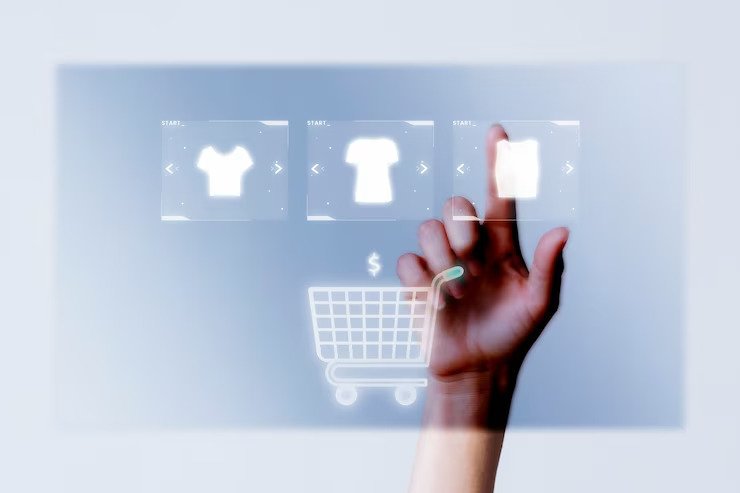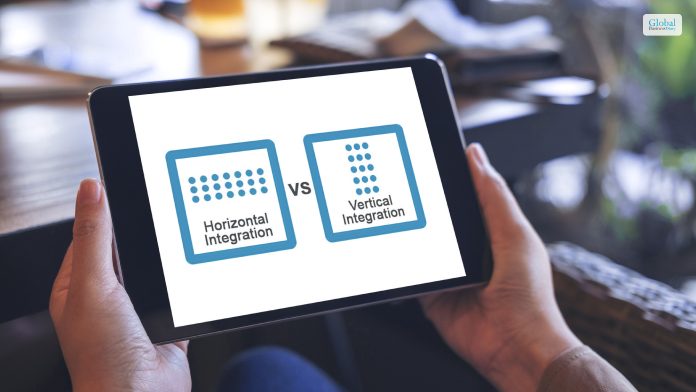The Benefits Of Migrating From Monolithic To Composable Ecommerce

The world of eCommerce is constantly changing, and businesses everywhere are looking for ways to stay ahead of the curve.
One of the newest trends in the industry is migrating from monolithic to composable eCommerce. This move is beneficial to businesses of all sizes, as it allows them to optimize their current structure and create a more efficient process for their customers.
The composable approach allows for the construction of smaller, more focused eCommerce solutions that are tailored to each business’s specific needs.
Additionally, businesses can use composable eCommerce to create a unified customer experience across all of their channels. With a composable approach, businesses can reduce costs, increase agility, and streamline their processes, all while delivering a better customer experience.
All of these benefits make migrating from monolithic to composable eCommerce an attractive option for businesses looking to stay ahead of the competition.
What is monolithic eCommerce?
According to the dictionary, the term “monolith” describes a large mass of stone. Similarly, a monolithic application is constructed from one piece or block, functioning as an integrated and undivided unit.
This form of an app is characterized by a single, tightly-knit codebase and a single database. This is a widely-used traditional method for developing applications, but it has the potential to create major issues over time, potentially leading to unmanageability.
The illustration below shows the components of this architecture: a user interface on the client side, an application on the server side, and a database. All of these components work together as a single unit, so any changes to the codebase necessitate an update of the entire application.
So, monolithic eCommerce refers to an eCommerce solution that’s built on a single platform. Such platforms include Shopify, Amazon, or other known shopping cart systems. In some cases, an eCommerce solution is built on a single platform — without the help of a third-party vendor.
The drawbacks of monolithic programs include a lack of scalability, resulting from the fact that the entirety of the application needs to be scaled instead of individual components. Furthermore, this type of software has reliability issues, since any minor problem could cause the whole system to crash.
Additionally, the components of the application are closely intertwined, making it difficult to introduce modifications. This lack of flexibility restricts users to a single technology and makes it expensive and time-consuming to rewrite the application. As the program becomes more extensive, the structure becomes increasingly complex and hard to comprehend.
What is composable eCommerce?
Instead of having a single, rigid structure, microservices architecture splits applications into multiple, independent components and decomposes the program into its essential parts – each part is known as a service.
Each job is handled by these components as a standalone service and each is self-contained; this implies that if one service fails, it won’t affect the other services.
In simpler terms, the application is created as a collection of services, where each service has its own logic, database, and capacity to perform specialized tasks.
Composable eCommerce is the transition from a monolithic system to a composable one. It’s a gradual move from a single system to a composite one. In this way, the organization reduces costs and increases agility by using a headless front end (FEaaS) to support all of the best-of-breed integrations such as the commerce platform (backend), payment channels, content management, and any other 3rd party tools it needs.
Benefits of migrating from monolithic to composable eCommerce

Monolithic eCommerce, on the other hand, can offer all of these benefits, but can also come with limitations. For example, monolithic eCommerce allows for scalability, but these benefits must be carefully managed. Likewise, a single platform can increase agility and reduce costs, but these benefits must be managed as well.
Composable eCommerce, on the other hand, offers all of these benefits, but can also come with fewer limitations.
1. Cost savings
As monolithic eCommerce systems become more complex, they tend to become more expensive. However, when transitioning to composable eCommerce, businesses can use a variety of applications. This allows them to reduce costs by using an inexpensive platform. Plus, composable eCommerce platforms tend to be much less expensive than monolithic eCommerce platforms.
Another way for businesses to save money with composable eCommerce is to use a lower-cost alternative to the underlying technology. For example, using an open-source shopping cart or an inexpensive cloud computing service can help businesses save money.
2. Improved customer experience
Monolithic eCommerce systems can often feel outdated, and they can also feel slow. This can lead to a poor customer experience as customers might be forced to wait longer than they’d like. The combination of a complex system and a slow customer experience can lead to unhappy customers. As businesses migrate to composable eCommerce, they begin using various best-in-its-class applications.
This allows them to improve their customer experience by providing a clear path for customers. Moreover, businesses can also optimize their workflow by using a different platform for each stage of their customer experience.
3. Increased agility
Monolithic eCommerce systems often have many processes that have been in place for years. These processes can make it difficult for businesses to react quickly to changes in the market and/or customer needs. As businesses migrate to composable eCommerce, they begin with a single platform.
This allows them to improve their agility by using this platform to support a variety of processes. For example, businesses can use a separate platform for marketing campaigns so that they can provide campaigns that are relevant to the customers’ needs.
4. Streamlined processes
Monolithic eCommerce systems can often feel like a maze. As a result, it can be difficult for businesses to easily track and manage how their processes are unfolding. As businesses migrate to composable eCommerce, they begin with a single platform (frontend or backend) and add other applications via APIs.
This platform is then used to support various business processes. This allows businesses to streamline their processes by using a single platform with an API layer. For example, businesses can plug in a platform for order management so that they can quickly track orders and manage orders.
Wrapping up
Monoliths can be beneficial when you have a small team and a basic application; however, they can’t meet the needs of a growing business. Meanwhile, microservices are more suitable for complex, changing applications that need to be frequently and quickly released and are especially beneficial when the existing architecture is unmanageable.
It all comes down to the specific requirements of your business and the skills of your team. If you opt for microservices, it is crucial to use a feature management tool to follow the flags in your system and how the features are performing.
Read Also:













